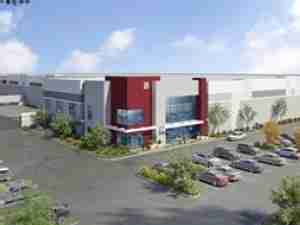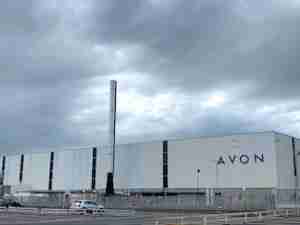Average size of newly built US warehouses swells due to e-commerce
posted by AJOT | Nov 28 2017 at 11:53 AM | Logistics
Biggest gains seen in metros including Atlanta, Inland Empire, Cincinnati
Los Angeles - E-commerce has driven a more than doubling of the average footprint of warehouses built in the U.S. since the early 2000s, with the largest expansions coming in metro areas with the big populations that online sellers covet and the ample land that developers need, according to a new report from CBRE.
CBRE analyzed the average size of warehouses built in the U.S. during the last development upswing from 2002 to 2007 and compared those figures to the current building period of 2012-2017. The analysis found that the average size increased by 143 percent in that span to 184,693 sq. ft. and the average warehouse clear height rose by 3.7 feet, to 32.3 feet in total.
“This dramatic expansion of warehouse size and height in the U.S. is almost purely a product of e-commerce, which has created demand for massive warehouses with high ceilings to store extensive, fast-moving inventories,” said David Egan, CBRE Global Head of Industrial & Logistics Research. “This demand is a long-term factor, meaning that U.S. markets without enough modern logistics facilities will see continued construction as they catch up.”
The largest gains in average warehouse size came in markets with big, growing populations and a ready supply of developable land, led by Atlanta (284 percent gain in average size), Cincinnati (237 percent) and California’s Inland Empire (222 percent).










